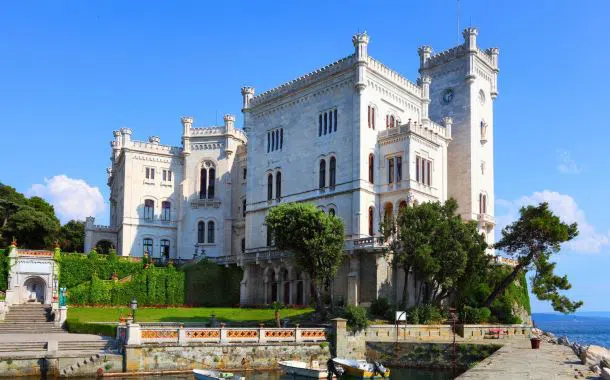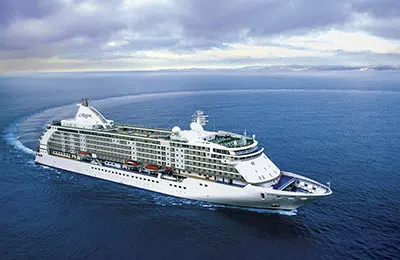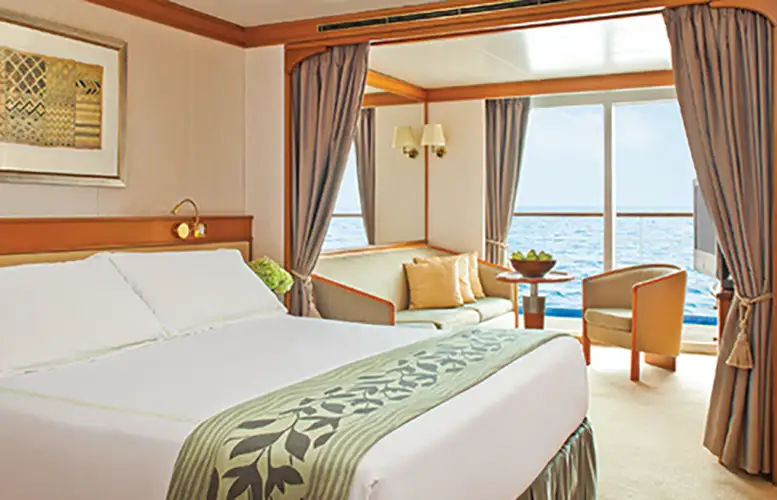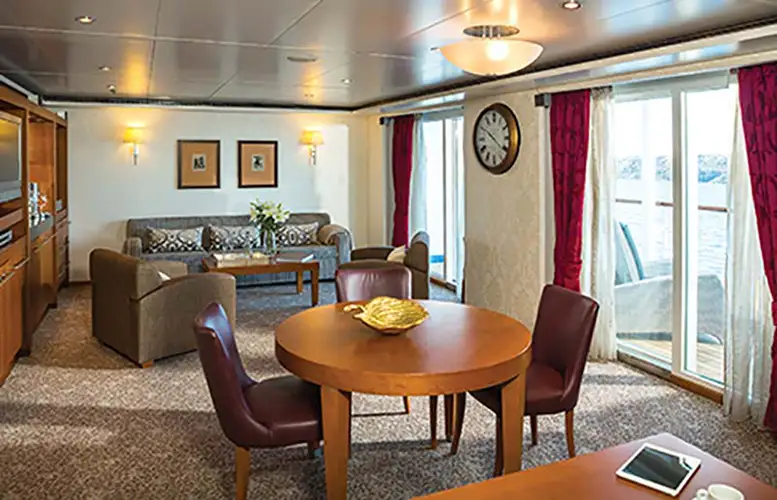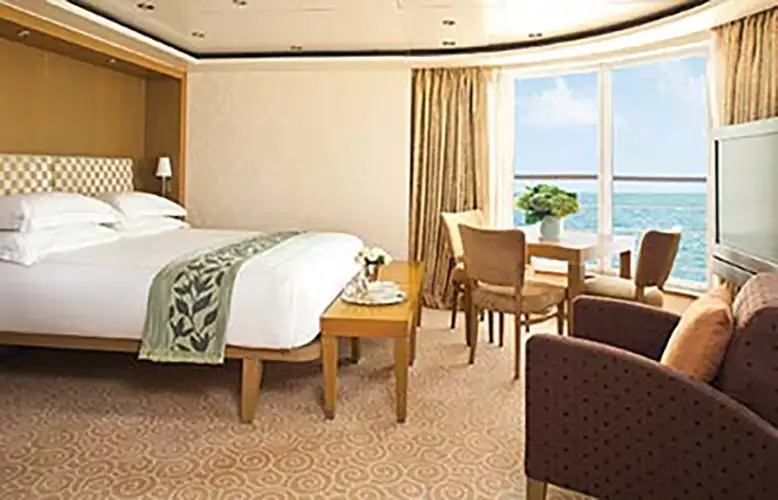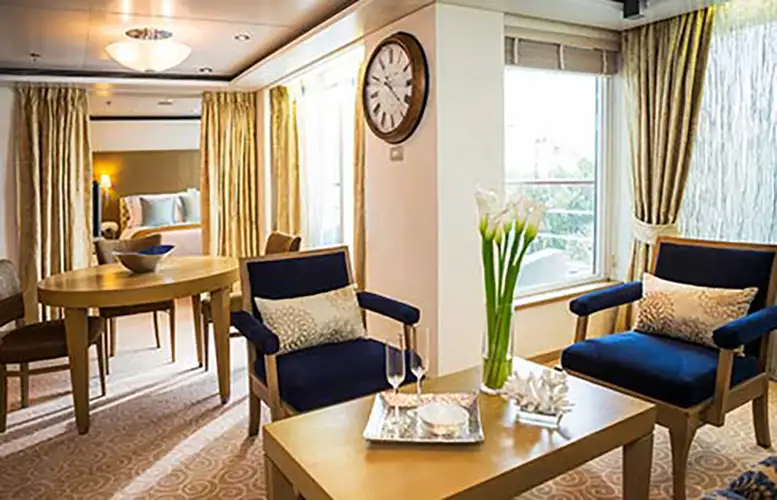Regent Greek islands: 14 nights from Athens with Seven Seas Voyager
2 Jun 2026
Greece, Turkey, Montenegro, Croatia, Italy
from $17,801
Price per person
Cruise itinerary
Departure Port: Athens ➞
Landing: Trieste
-
Tuesday, 2 June 2026 - 6:00 PMAthens
-
Wednesday, 3 June 2026 9:00 AM - 6:00 PMVolos
-
Thursday, 4 June 2026Navigation
-
Friday, 5 June 2026 7:00 AM - 4:00 PMThessaloniki
-
Saturday, 6 June 2026 2:00 PM - not foundIstanbul
-
Sunday, 7 June 2026 not found - 6:00 PMIstanbul
-
Monday, 8 June 2026Navigation
-
Tuesday, 9 June 2026 8:00 AM - 6:00 PMMykonos
-
Wednesday, 10 June 2026 8:00 AM - 6:00 PMSantorini
-
Thursday, 11 June 2026 7:00 AM - 4:00 PMHeraklion
-
Friday, 12 June 2026 10:00 AM - 8:00 PMKatakolon
-
Saturday, 13 June 2026Navigation
-
Sunday, 14 June 2026 8:00 AM - 5:00 PMKotor
-
Monday, 15 June 2026 7:00 AM - 4:00 PMSplit
-
Tuesday, 16 June 2026 7:00 AMTrieste
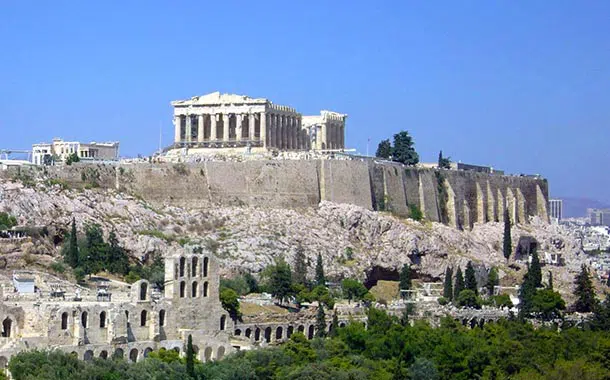
Athens
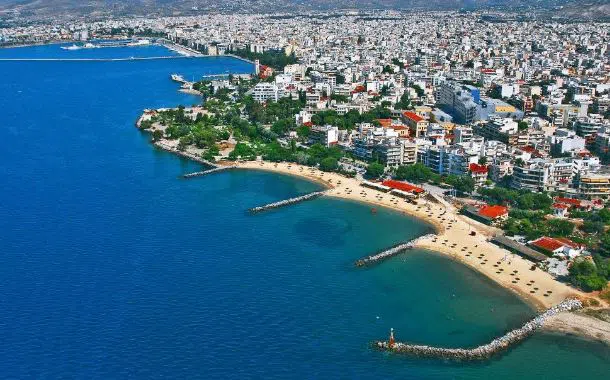
Volos
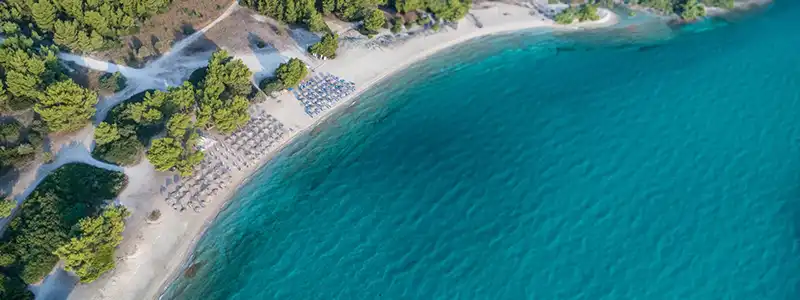
Thessaloniki
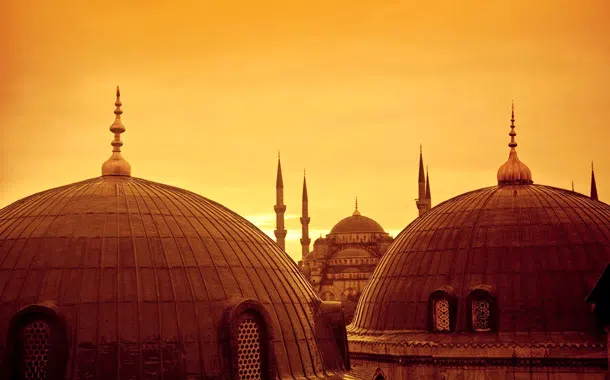
Istanbul

Istanbul
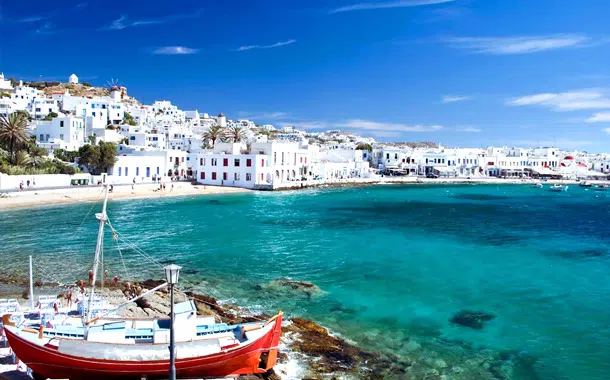
Mykonos
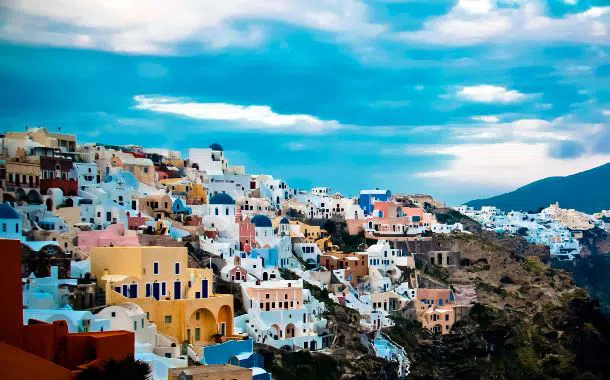
Santorini
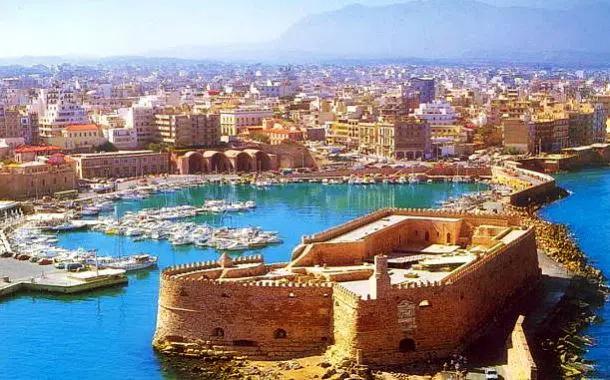
Heraklion
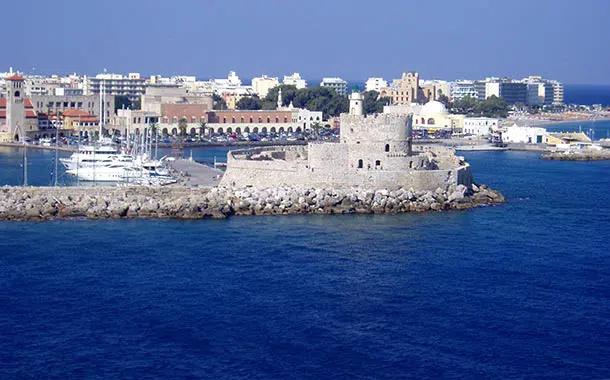
Katakolon
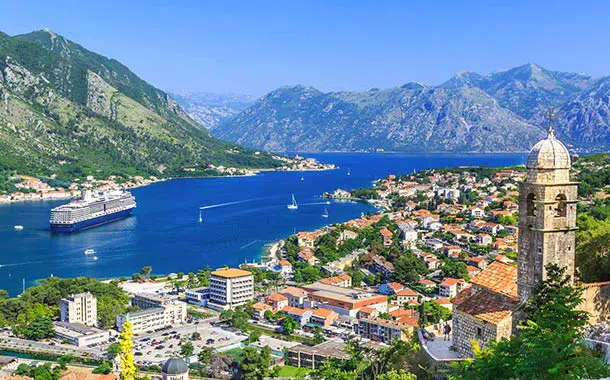
Kotor
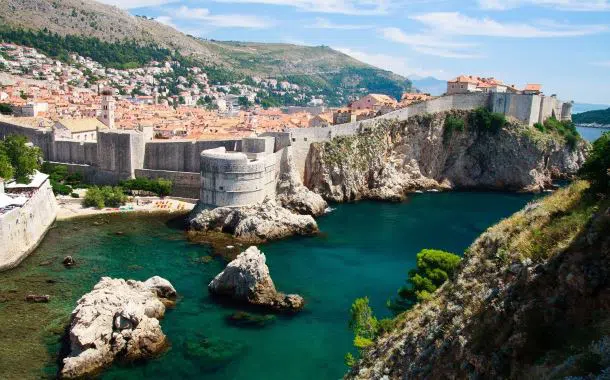
Split
